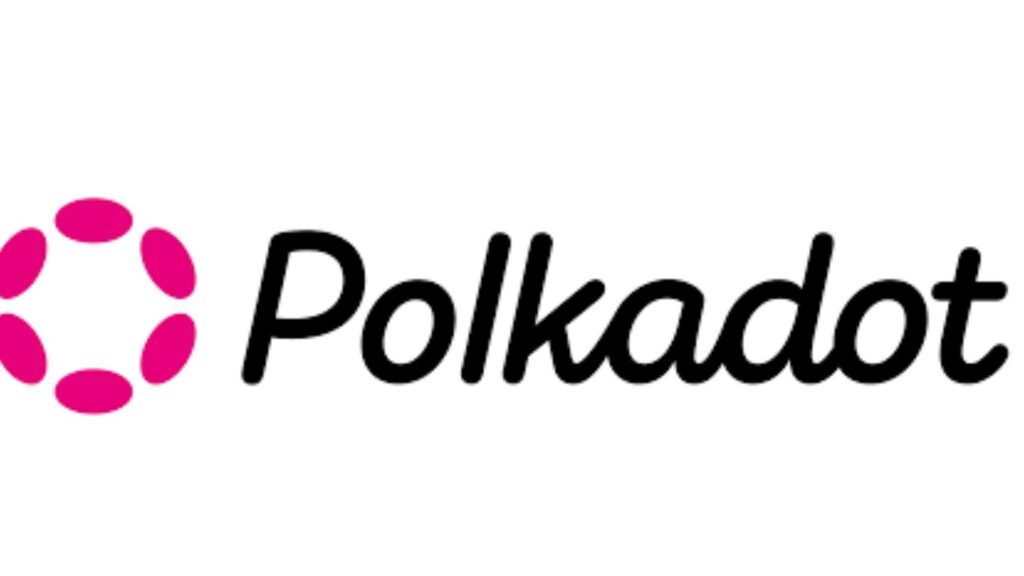
In the ever-evolving world of cryptocurrencies, Polkadot crypto has emerged as a groundbreaking project that aims to revolutionize the way blockchains interact with each other. Founded by Dr. Gavin Wood, one of the co-founders of Ethereum, Polkadot is designed to address some of the most pressing challenges in the blockchain space, such as scalability, interoperability, and security. This article will explore what Polkadot is, how it works, and why it is considered a game-changer in the crypto world.
What is Polkadot Crypto?
Polkadot crypto is a next-generation blockchain protocol that connects multiple specialized blockchains into a single unified network. Unlike traditional blockchains like Bitcoin or Ethereum, which operate as standalone networks, Polkadot enables different blockchains to communicate and share information seamlessly. This interoperability is achieved through a unique multi-chain architecture, making Polkadot a key player in the future of decentralized technology.
At its core, Polkadot is built to solve the problem of blockchain fragmentation. Currently, most blockchains operate in isolation, making it difficult for them to share data or assets. Polkadot bridges this gap by allowing independent blockchains, known as parachains, to connect to its main network, called the Relay Chain. This setup not only enhances scalability but also fosters innovation by enabling developers to create custom blockchains tailored to specific use cases.
How Does Polkadot Work?
To understand how Polkadot crypto works, it’s essential to break down its core components:
1. The Relay Chain
The Relay Chain is the heart of the Polkadot network. It is responsible for ensuring the security, consensus, and interoperability of all connected parachains. Unlike traditional blockchains that handle transactions and smart contracts, the Relay Chain focuses solely on maintaining network integrity and facilitating communication between parachains.
2. Parachains
Parachains are individual blockchains that run in parallel within the Polkadot ecosystem. Each parachain can have its own unique features, governance models, and use cases. For example, one parachain might be optimized for decentralized finance (DeFi), while another could focus on supply chain management. By connecting to the Relay Chain, parachains can interact with each other and share data securely.
3. Bridges
Polkadot also includes bridges, which are specialized protocols that enable communication between Polkadot and external blockchains like Ethereum or Bitcoin. These bridges are crucial for achieving true interoperability, as they allow assets and data to flow seamlessly across different networks.
4. Nominated Proof-of-Stake (NPoS)
Polkadot uses a consensus mechanism called Nominated Proof-of-Stake (NPoS) to secure its network. In this system, token holders can nominate validators to participate in block production and transaction validation. This approach ensures decentralization while maintaining high levels of security and efficiency.
Why is Polkadot Crypto Important?
Polkadot’s innovative approach to blockchain technology offers several key advantages:
1. Interoperability
One of the most significant challenges in the blockchain space is the lack of interoperability between different networks. Polkadot crypto solves this problem by enabling seamless communication between blockchains. This capability opens up a world of possibilities, from cross-chain DeFi applications to interoperable gaming ecosystems.
2. Scalability
Traditional blockchains often struggle with scalability, leading to slow transaction speeds and high fees. Polkadot’s multi-chain architecture allows multiple transactions to be processed in parallel across different parachains, significantly improving scalability and reducing congestion.
3. Customizability
Polkadot empowers developers to create custom blockchains tailored to specific needs. Whether it’s a blockchain for identity verification, supply chain tracking, or decentralized storage, Polkadot provides the tools and flexibility to bring these ideas to life.
4. Security
By connecting to the Relay Chain, parachains benefit from the shared security of the Polkadot network. This means that even smaller projects can leverage the robust security infrastructure of Polkadot without having to build their own from scratch.
The DOT Token: Fueling the Polkadot Ecosystem
At the center of the Polkadot network is its native cryptocurrency, the DOT token. DOT serves several critical functions within the ecosystem:
- Governance: DOT holders have the power to vote on network upgrades, protocol changes, and other important decisions. This democratic approach ensures that the Polkadot community has a say in the future direction of the project.
- Staking: DOT tokens can be staked to participate in the network’s consensus mechanism. By staking their tokens, users help secure the network and earn rewards in return.
- Bonding: To connect a parachain to the Polkadot network, DOT tokens must be bonded. This process ensures that only serious and committed projects can join the ecosystem.
Real-World Applications of Polkadot Crypto
Polkadot’s versatility makes it suitable for a wide range of applications across various industries. Here are a few examples:
1. Decentralized Finance (DeFi)
Polkadot’s interoperability makes it an ideal platform for DeFi applications. By enabling cross-chain transactions, Polkadot allows users to access a broader range of financial services, from lending and borrowing to trading and asset management.
2. Supply Chain Management
With its ability to support custom blockchains, Polkadot can be used to create transparent and efficient supply chain solutions. Companies can track the movement of goods in real-time, ensuring authenticity and reducing the risk of fraud.
3. Gaming
The gaming industry is increasingly embracing blockchain technology, and Polkadot is well-positioned to support this trend. By enabling interoperable gaming ecosystems, Polkadot allows players to transfer assets and data across different games and platforms.
4. Identity Verification
Polkadot can be used to create decentralized identity solutions that give users control over their personal data. These solutions can be applied in areas such as healthcare, education, and finance, where secure and verifiable identity is crucial.
Challenges and Future Outlook
While Polkadot crypto has immense potential, it is not without its challenges. One of the main hurdles is competition from other blockchain projects, such as Cosmos and Ethereum 2.0, which also aim to address scalability and interoperability issues. Additionally, the complexity of Polkadot’s technology may pose a barrier to entry for some developers and users.
However, Polkadot’s strong community, innovative technology, and visionary leadership give it a solid foundation for long-term success. As the blockchain space continues to evolve, Polkadot is well-positioned to play a pivotal role in shaping the future of decentralized technology.
Conclusion
Polkadot crypto represents a significant leap forward in blockchain technology. By enabling interoperability, scalability, and customizability, Polkadot addresses some of the most critical challenges facing the industry today. Whether you’re a developer, investor, or blockchain enthusiast, Polkadot offers a wealth of opportunities to explore and innovate.
As the crypto world continues to grow, Polkadot’s unique approach to blockchain connectivity positions it as a key player in the next generation of decentralized applications. With its robust ecosystem, innovative features, and strong community support, Polkadot is paving the way for a more connected and efficient blockchain future.
By understanding the potential of Polkadot crypto, you can stay ahead of the curve in the rapidly evolving world of blockchain technology. Whether you’re looking to invest, build, or simply learn, Polkadot offers a world of possibilities waiting to be explored.







2 thoughts on “Polkadot Crypto: The Future of Blockchain Interoperability”